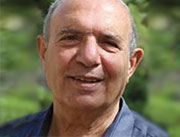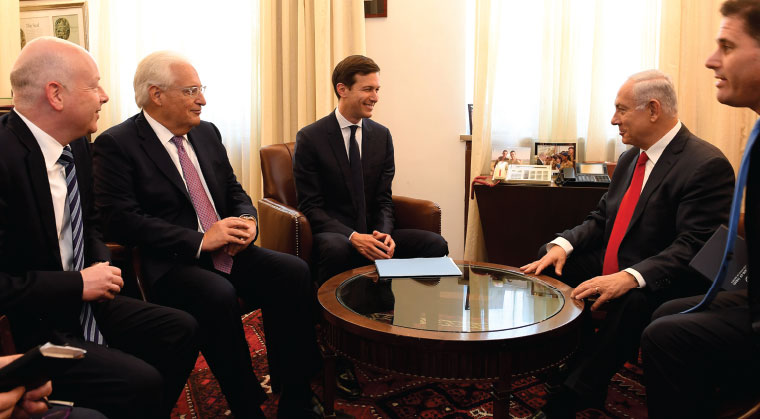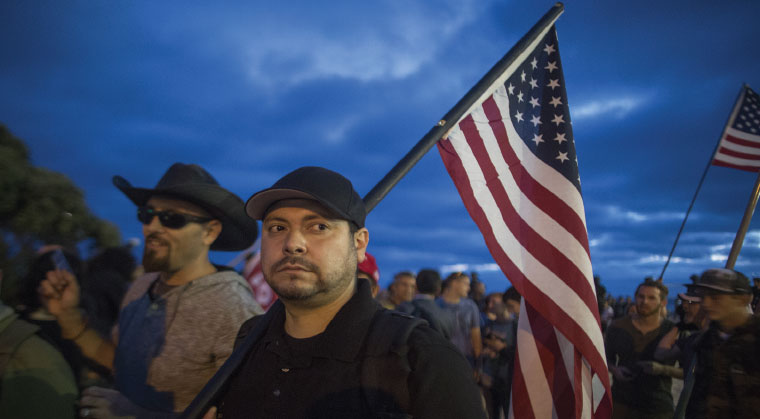10 Years of Hamas Rule Nothing to Celebrate


TUNNEL VISION Hamas has spent $120 million since the end of Operation Protective Edge in 2014 constructing tunnels designed for attacking Israel and for smuggling. It also spends $100 million a month on salaries to Hamas officials. The World Bank reports unemployment in Gaza has reached 27% among males 58% among youths and that 80% of Gaza residents receive some form of aid.
F or Yom Tov Samia the early morning hours of May 4 1994 still arouse vivid memories. Samia then brigadier general and head of the IDF command in the Gaza Strip was in Cairo as part of the Israeli team negotiating the first phase of the Oslo accords which granted self-rule to Palestinians in Gaza and Jericho. Prime Minister Yitzhak Rabin and Palestinian Liberation Organization chairman Yasser Arafat were scheduled to sign the deal later that morning in the Egyptian capital.
Arafat was still objecting to signing on two specific paragraphs. The first included the maps of the new borders.
“He knew that under international law once you sign maps you are agreeing that these are the lines and there’s no room to play ” Samia said.
The Israelis were losing sleep over Arafat’s obstinacy. Around 2 a.m. Samia found himself in the same room with Arafat and Shimon Peres the architect of the Oslo agreements. Samia was drinking coffee to stay awake. He waited for Peres to doze off so he could approach Arafat privately about the second niggling paragraph which called on the PA to disarm all other Gaza militias including Hamas and Islamic Jihad. “I told Arafat in Arabic until you have your Altalena moment you will never have a state.”
Samia’s reference was to David Ben-Gurion’s 1948 decision to bombard the Altalena a vessel headed toward Israel with weapons intended for the Irgun then a rival militia to the fledgling IDF. Nineteen Jews were killed in that attack which to this day remains a painful chapter in modern Israeli history. Arafat was not going to take that page from Ben-Gurion’s history book. “No I’m not going to kill my brothers and friends ” he told Samia.

Ronni Shaked: “This is an intractable conflict. Hamas is not giving up Gaza not to Abu Mazen not to Egypt and not to Israel. They will fight to keep it”
Samia persisted: “I know Gaza much better than you. I’m the IDF commander there. If you don’t have your Altalena in another four years Hamas will slaughter your people one by one.” In retelling this story to a gathering of the foreign press in Jerusalem last week Samia — who today is a research fellow at the International Institute for Counter-Terrorism in IDC Herzliya — admitted: “I made a mistake. It took over ten years not four but it finally happened exactly as I told him.”
Arafat died in 2005 so he didn’t experience those five days in June 2007 when Hamas opened fire on PA forces in Gaza killing over 100 and wounding 500.
Israel hasn’t enjoyed a day of peace since then. Hamas has precipitated three military conflicts with Israel — in 2008 2012 and 2014 — and recent signs indicate they are preparing for a fourth round soon.
While the United States and even the European Union list Hamas as a terrorist organization it is Israel that still gets the blame for the economic plight of the estimated 1.75 million Gaza residents even though the IDF withdrew its forces in 2005 and forcibly expelled 9 000 Jewish residents from Gush Katif.
“The story you have to convince yourselves of is that Hamas is the real occupier of the Gaza Strip not Israel ” Samia told reporters.
One reason for scapegoating Israel stems in part from IDF security measures that ban the import of “dual use” items into Gaza that could be used for military purposes says Paul Rivlin a senior researcher at the Moshe Dayan Center for Middle East and African Studies at Tel Aviv University in a new research report.
Rivlin made mention of the October 2014 Cairo conference where foreign donors pledged $3.5 billion to repair war damages. By 2016 only $1.796 billion had been disbursed and of this amount just $670 million was allocated to priorities listed in the Gaza Recovery Framework. Hamas has spent $120 million since the end of Operation Protective Edge in 2014 constructing tunnels designed for attacking Israel and for smuggling. It also spends $100 million a month on salaries to Hamas officials.
The World Bank reports unemployment in Gaza has reached 27% among males 58% among youths and that 80% of Gaza residents receive some form of aid.
The Palestinian Authority provides some of that aid in its effort to retain some leverage in the territory. However in April the PA tightened the screws on Hamas informing Israel it would no longer reimburse Israel for the electricity that Israel supplies to Gaza. Israel has cut its supply accordingly leading to major power disruptions that have left Gaza a sweaty mess in an early summer heat wave that has engulfed the Middle East.
None of this seems to be making an impression on Hamas.
Before President Trump visited the region in May Hamas’s newly elected political leader Yehiyeh Sinwar indicated his organization might recognize Israel along the 1967 borders. This is the same Yehiyeh Sinwar whom Israel sentenced to four life terms in 1999 for murdering Palestinian collaborators and for his role in killing two Israeli soldiers. Sinwar was freed in the 2011 prisoner swap that brought Gilad Shalit back home.
“After many years in jail Sinwar understands that to lead he needs to be a diplomat and not just a terrorist ” says Dr. Ronni Shaked a former Shin Bet commander who today serves as the Middle East and Islam Research Unit Coordinator at Hebrew University’s Truman Research Institute. “This is an intractable conflict. Hamas is not giving up Gaza not to Abu Mazen not to Egypt and not to Israel. They will fight to keep it.”
If Sinwar’s tweak of the Hamas manifesto was a cynical move at getting attention from President Trump Samia is hoping that Trump is too smart to bite but one aspect of Trump’s visit concerned him.
Aside from his Cairo experience Samia was assigned to Iran in 1978 as part of a special IDF force just before the 1979 takeover of Iran by the Islamic revolutionary government that rules it today. Samia saw firsthand how the Carter administration ignored the advice of other Western intelligence services who were trying to prevent Iran’s revolutionary leader in exile Ayatollah Khomeini from returning home to take control on the ground.
“I see the same thing with the new regime in the US ” Samia said. “What were the headlines of Trump’s visit? Deals — $300 billion in arms for Saudi Arabia. He came for business to sell US merchandise to the Arabs.
“With all the respect we have for the US as a great superpower at the end of the day it’s the leaders of the State of Israel that have to make the decisions in the interests of the State of Israel. Even if Trump comes here for two weeks not two days he won’t be able to bring the sides any closer to peace.” (Originally featured in Mishpacha Issue 668)
Oops! We could not locate your form.













